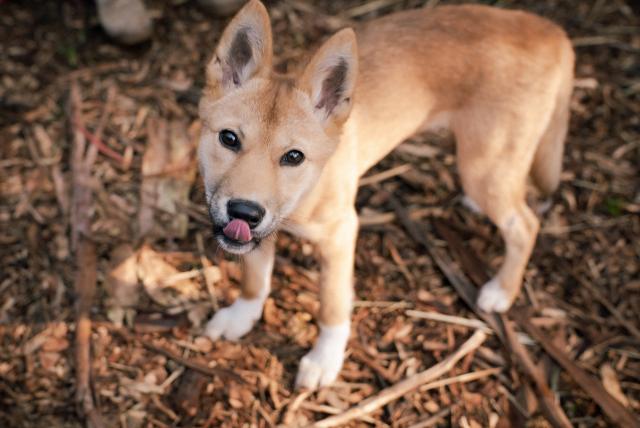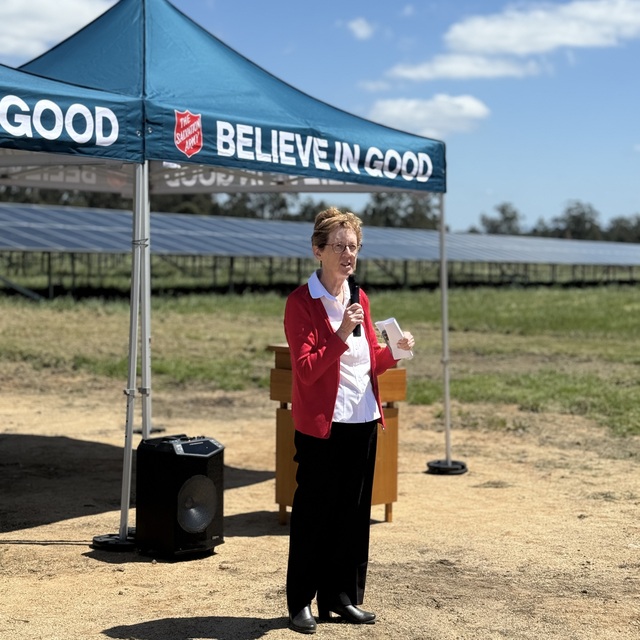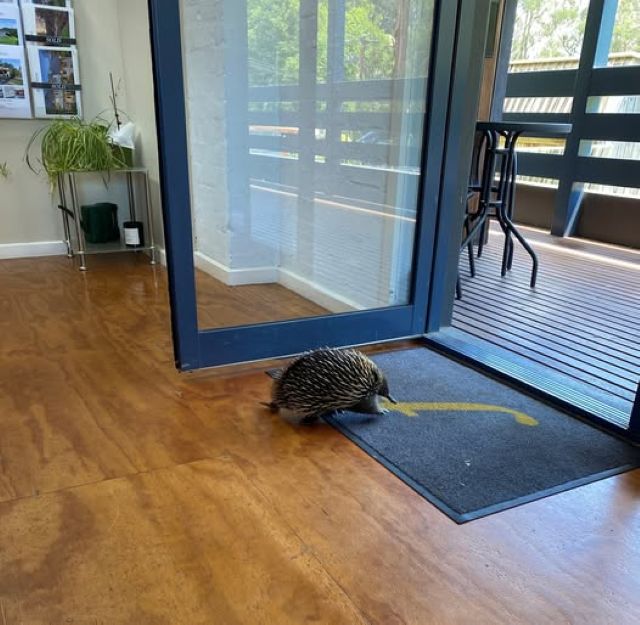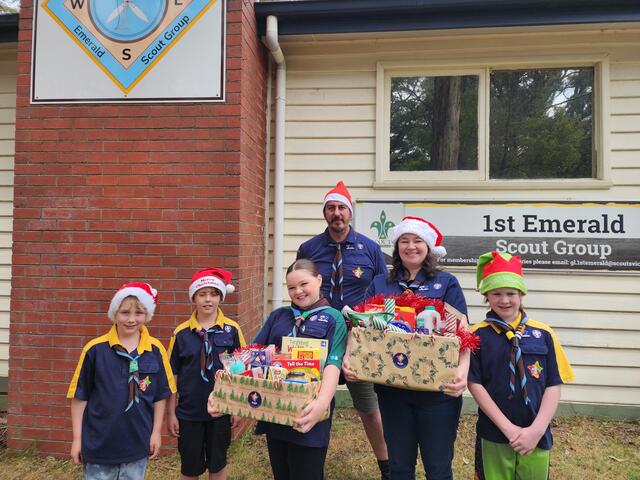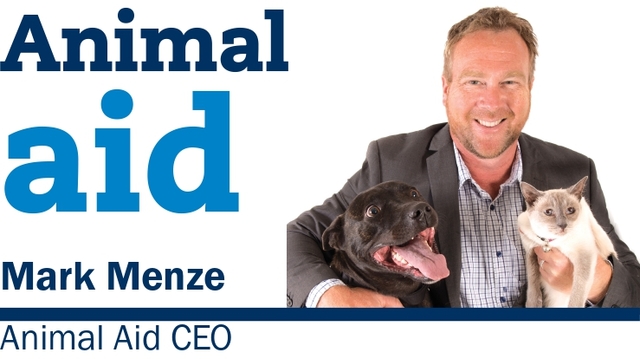A duo of dingo pups found alone in the wild have found a new haven at Healesville Sanctuary.
After months of rehabilitation and training, the duo are now settling into their new environment where they can receive on-going support.
In July last year, the female dingo pup was found injured and alone by a camper near Mount Buffalo.
Believed to be about seven-weeks-old, she was transported to the Sanctuary’s Australian Wildlife Health Centre and found to be malnourished with a severe fracture to her front left leg that had already started to callus.
Nerve damage had affected the pup’s chances of survival in the wild and the fracture was healing poorly that instead of weight bearing on her foot, she was weight bearing on her carpus (wrist).
The Dingo pup was treated with anti-inflammatory medication for pain relief and referred to a specialist for an operation to realign the fracture, with a metal plate inserted.
Post-operation, she began a physiotherapy program at the Sanctuary, which included walks and swimming to build-up muscle. Unfortunately, her injury has impacted the growth plate, with the left humerus shorter than the right humerus, but she is no longer in pain.
In September last year, a male dingo was brought to the Sanctuary in a vulnerable condition.
The 16-week-old pup was found alone and emaciated in central Gippsland by a member of the public who contacted wildlife authorities.
A full health check revealed he had a high burden of internal parasites which was resolved after a series of deworming treatments. He was also extremely malnourished and required support with feeding.
Healesville Sanctuary Life Sciences Manager Falk Wicker said it is uncommon for dingo pups to be treated at the Australian Wildlife Health Centre, with only a few needing care during the past 15 years.
“These two dingo pups would not have survived out in the wild due to their medical conditions and not being with a family group at such a young age,” Mr Wicker said.
“Therefore, the kindest and most humane decision was for the pair to stay at the Sanctuary, having them together is a great welfare outcome as they will bond like they would in a wild group.”
Genetic testing confirmed both animals have 100 per cent dingo genetics.
As the juvenile dingos’ confidence grows, visitors may be able to see them while on the Dingo Country track at Healesville Sanctuary.
Dingoes arrived on mainland Australia about 5,000 years ago and are considered Vulnerable in the wild by the International Union for Conservation of Nature. Dingoes are family-based animal with strong social hierarchies, made-up of a dominant male and female and their cubs.

